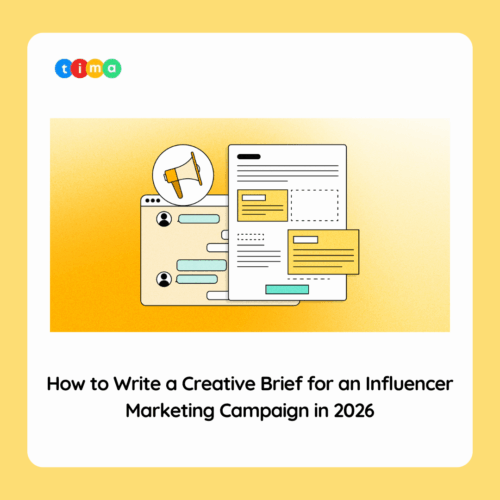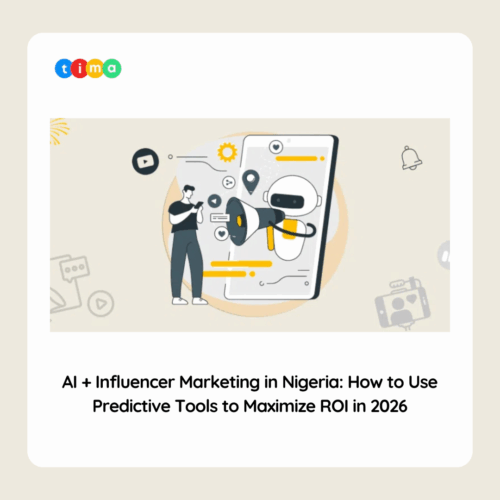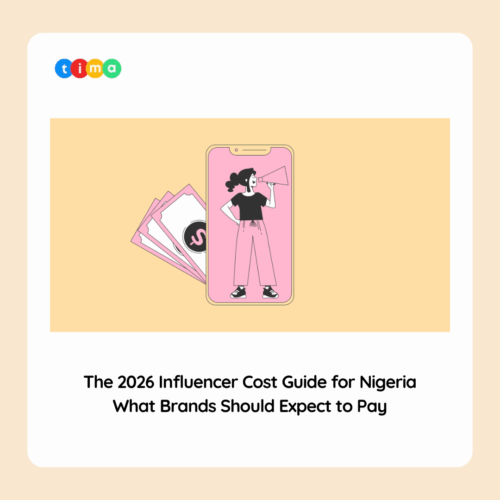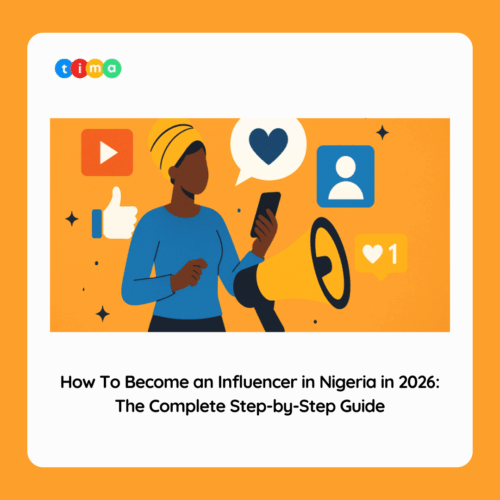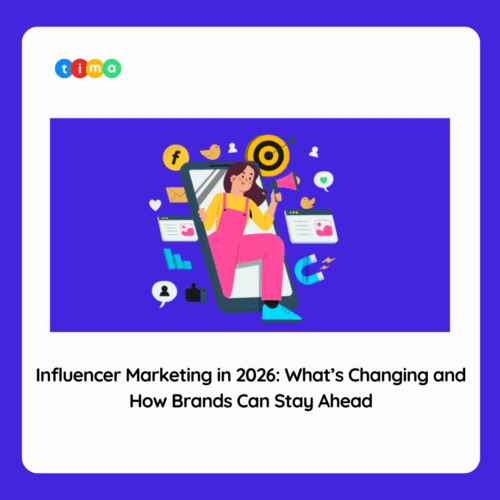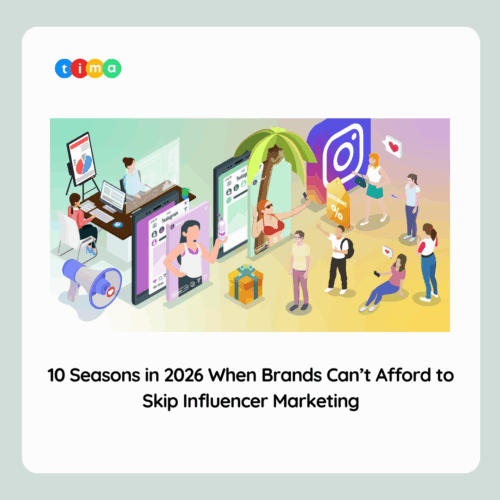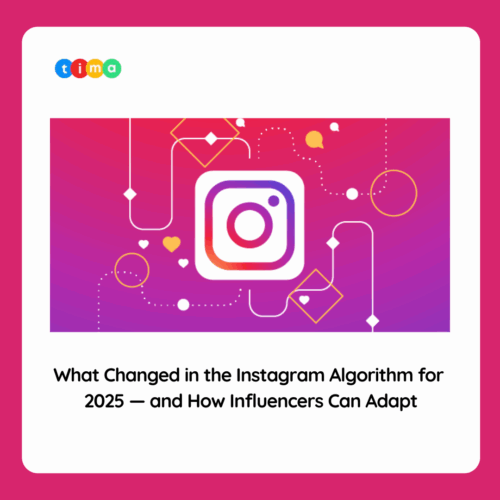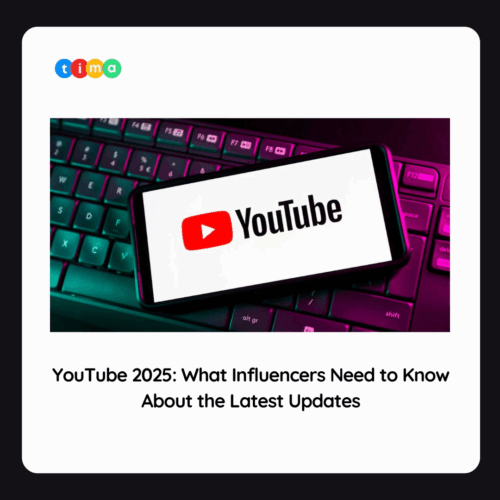In 2026, the lines between “content creators” and “influencers” are blurrier than ever — yet, for brands, the distinction has never been more important.
Influencer marketing has evolved from a buzzword to a billion-dollar strategy, but so has the creator economy. What used to be a numbers game — how many followers someone had — is now a value game: who can create content that connects, converts, and endures.
At TIMA, we’ve seen a clear shift in how brands approach partnerships. No longer asking, “Who’s the biggest influencer we can hire?” — but instead, “Who can create the most resonant content for our audience?”
So, who should your brand work with in 2026: a content creator or an influencer? The short answer — it depends on your goals, your message, and your audience’s mindset.
Let’s unpack that.
The Evolution: From Influence to Creation
Five years ago, “influencer marketing” dominated digital strategy conversations. It was about reach, visibility, and association — brands paying individuals with massive followings to amplify their message.
But the ecosystem matured.
As audiences became savvier, influence without substance lost its shine. Algorithms shifted to reward authentic engagement. Audiences started valuing creators who could tell stories, not just post ads.
Enter: the content creator — an individual who may not have millions of followers, but whose skill lies in producing high-quality, platform-optimized, brand-aligned content that drives sustained engagement.
In 2026, the distinction isn’t about followers. It’s about function:
Influencers drive awareness.
Creators drive connection.
And the smartest brands? They’re learning to combine both strategically.
Defining the Two: The Functional Difference
| Aspect | Influencers | Content Creators |
|---|---|---|
| Primary Role | Build visibility and drive reach | Produce engaging, brand-aligned content |
| Focus | Audience engagement & influence | Creative production & storytelling |
| Platform Strength | Social-first (Instagram, TikTok, YouTube) | Multi-platform (including brand websites, ads, and blogs) |
| Metrics of Success | Likes, comments, reach | Quality, creativity, conversion |
| Partnership Duration | Often campaign-based | Often ongoing or project-based |
| Value Proposition | Access to audience trust | Access to professional content output |
In essence:
Influencers move people.
Creators move narratives.
A travel influencer may inspire thousands to explore Bali.
A content creator will make the short-form video that gets watched, saved, and reshared for months after the campaign ends.
Both are valuable — but in different ways.
How the Digital Landscape in 2026 Changes Everything
The influencer ecosystem in 2026 looks very different from 2020. The platform algorithms, audience behaviors, and brand expectations have all evolved.
Here’s how these shifts shape your decision between creators and influencers:
1. Algorithmic Shifts Favor Original Content
Platforms like Instagram and TikTok have recalibrated to reward original, story-driven, and value-packed content. Repurposed ads or templated influencer posts no longer perform well.
Creators who understand editing, storytelling, and platform-native techniques thrive under this new regime.
2. Audiences Demand Real Value
Users are now more skeptical of overt promotions. The word “ad” instantly lowers engagement unless the message feels authentic.
Creators excel here — they educate, entertain, and inform. Influencers succeed when they genuinely use and trust the product.
3. Commerce Is Social
With in-app shopping and affiliate tools integrated across platforms, both influencers and creators can now drive conversions directly.
However, creators often produce longer shelf-life content — tutorials, product videos, lifestyle reels — that continue to generate revenue months later.
4. Attention Is Fragmented
In 2026, brands are competing not just with competitors — but with creators themselves.
Consumers follow creators for entertainment, not brands. Partnering with them is now the bridge to attention.

When Your Brand Needs an Influencer
Influencers remain powerful — when used strategically.
If your brand’s goal is to amplify awareness, build social proof, or create buzz around a moment, influencers should be your first stop.
Scenarios Where Influencers Shine:
Product Launches:
Influencers build excitement, reach mass audiences, and validate new entries through trusted voices.Cultural & Seasonal Campaigns:
During high-volume events like Ramadan, Black Friday, or Summer Sales, influencers drive real-time engagement and sales spikes.Brand Positioning:
Aligning with the right influencer can reposition a brand faster than months of traditional PR — especially in lifestyle and fashion sectors.Social Commerce Activations:
Influencers can host livestreams, reviews, and collaborations that directly convert through in-app purchasing.
Influencers are the cultural amplifiers of your brand story — the human megaphones who can make your message travel.
But if your challenge is not visibility, but rather consistency and content quality — you’ll need creators in your corner.
When Your Brand Needs a Content Creator
Creators are the engine room of modern brand storytelling.
They might not bring millions of followers, but they bring production skill, creative direction, and long-term content value.
In 2026, with short-form video and AI-driven personalization dominating, creator partnerships are no longer optional.
Scenarios Where Creators Excel:
Always-On Content Pipelines:
Brands need constant content to stay visible — stories, reels, YouTube shorts, UGC ads. Creators deliver these at scale with brand consistency.Paid Ad Campaigns:
Performance marketing increasingly relies on authentic, creator-style content. Consumers trust faces, not graphics.Community Building:
Creators help brands sustain engagement between major campaigns. Their content nurtures, educates, and entertains — building brand equity over time.Localized Storytelling:
Regional or niche creators can tailor your brand narrative to specific cultures, accents, and audiences with unmatched authenticity.AI Collaboration & Repurposing:
With AI tools now optimizing content distribution, creator material can be transformed into multi-platform assets — meaning one collaboration can feed an entire quarter’s marketing calendar.
Creators are not just content vendors — they’re creative partners. They help brands speak the language of their audiences fluently and continuously.
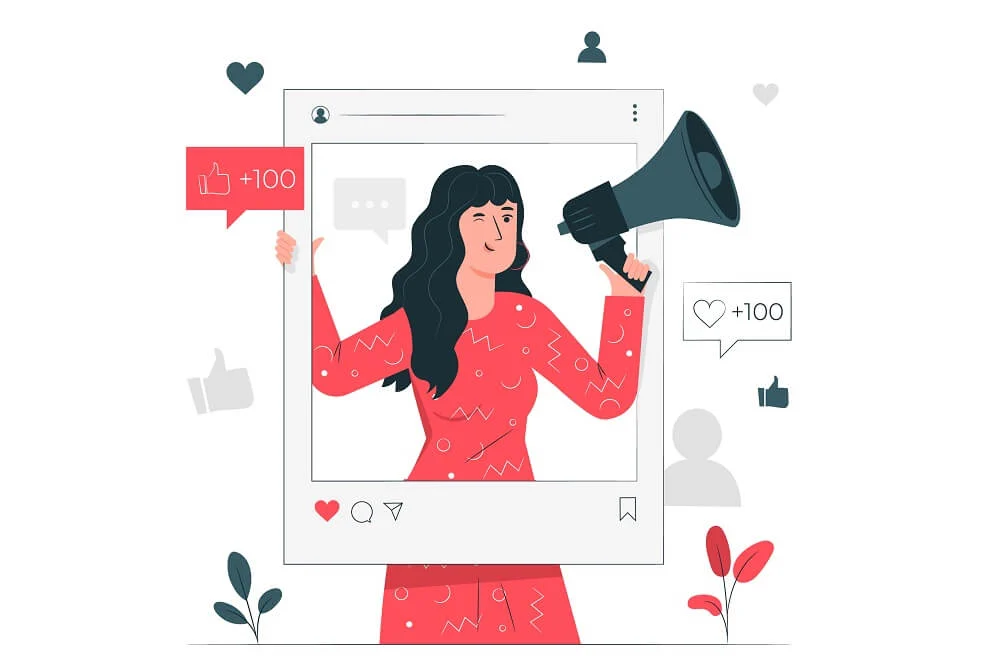
The New Middle Ground: Creator-Influencers
In 2026, many individuals now straddle both worlds. These are creator-influencers — professionals who combine high creative output with strong community influence.
They’re particularly valuable because they:
Produce high-quality content your brand can reuse, and
Already have an engaged audience to seed it with.
Creator-influencers reduce the “two-step” process (creator for production + influencer for promotion) into a single integrated partner.
Brands that identify and nurture these hybrid profiles early often see the best ROI.
Strategic Framework: How to Decide Who Your Brand Needs
Let’s simplify this decision. Ask your team three questions:
1. What’s your campaign goal?
Awareness, visibility → Influencers
Engagement, education, conversion → Creators
Sustained storytelling → Creator-Influencers
2. What’s your content need?
Short-term buzz or seasonal spike → Influencers
Long-term content bank → Creators
3. What’s your budget structure?
Budget for reach → Influencers (macro or celebrity-level)
Budget for quality and versatility → Creators or micro-influencers
A balanced brand strategy often combines both:
Influencers for reach.
Creators for retention.
When the two work together — reach meets relevance.
Case Insight: Why Brands Are Shifting Toward Creators
Data supports the shift. In TIMA’s 2025 brand trends analysis, 72% of brands said they plan to increase spending on content creators, compared to 58% for influencers.
Why? Because creators deliver content that multiplies value:
Reusable across paid ads, organic feeds, and brand websites.
Faster production cycles.
Better conversion rates through authentic storytelling.
Meanwhile, influencer spending is being refined — brands are partnering with fewer, but more aligned voices instead of casting wide nets.
In short: brands are moving from sponsorship to synergy — a hallmark of creator-led influence.
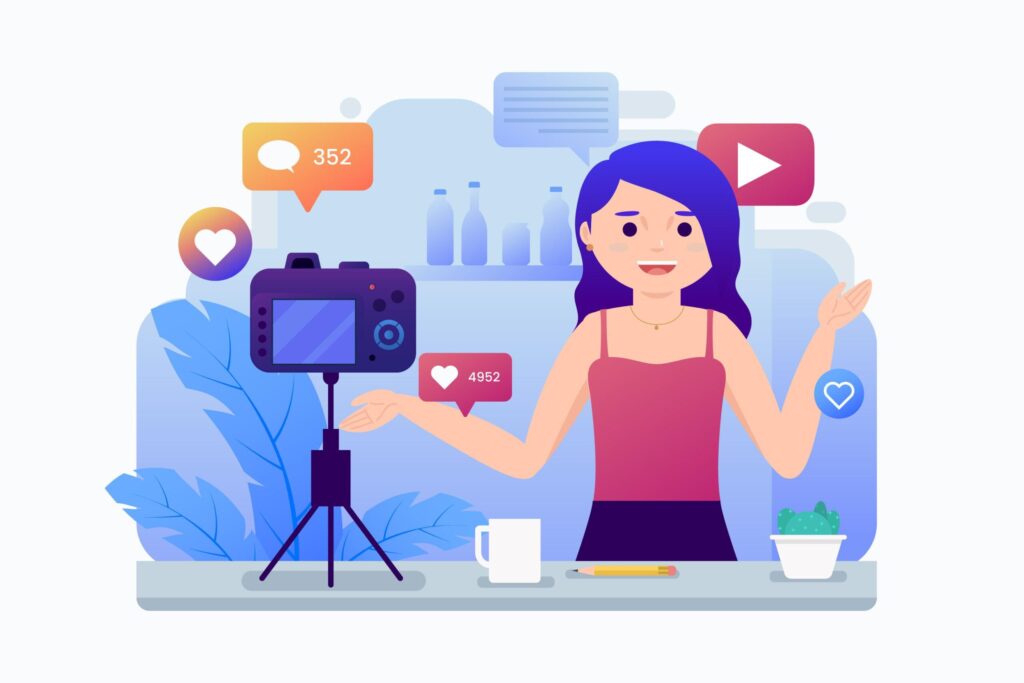
How Brands Can Integrate Both in 2026
The winning formula isn’t either/or. It’s both — strategically sequenced.
Here’s how leading brands are doing it:
Phase 1: Awareness
Launch with influencer buzz. Create mass reach and social chatter.
Phase 2: Depth
Hand the narrative over to content creators who produce tutorials, reviews, or lifestyle content showing the product in context.
Phase 3: Consistency
Repurpose creator content for ads, newsletters, or e-commerce visuals, maintaining visibility even post-campaign.
Phase 4: Advocacy
Re-engage influencers for follow-up testimonials or “how it’s going” posts to reinforce brand trust.
This 4-phase approach aligns perfectly with how consumers make decisions today — from discovery to purchase to loyalty.
The TIMA Perspective: Timing and Talent
At TIMA, we see this evolution not as competition between creators and influencers, but as a symbiosis of talent and timing.
Influencers give brands a spotlight.
Creators give them a story.
But only the right strategy can fuse both for impact. That’s where TIMA steps in — building influencer ecosystems that align with brand goals, seasonal timing, and audience psychology.
Our data-driven campaigns pair creators and influencers based on complementary strengths:
Influencers to drive conversation.
Creators to sustain connection.
Because in 2026, the future of marketing isn’t about who has the most followers — it’s about who can make your brand unforgettable.
Conclusion: Influence Is the New Creativity
The “creator vs. influencer” debate is less a rivalry and more a reflection of how digital marketing itself has matured.
Brands once chased reach; now they chase relevance.
Audiences once followed personalities; now they follow authenticity.
And in that evolution, creators and influencers are not opposites — they are two sides of the same coin.
The brands that win in 2026 will be those that stop asking “Who has influence?” and start asking “Who creates trust?”
Work With TIMA — Where Timing Meets Influence
At TIMA, we help brands navigate the creator–influencer spectrum with clarity, precision, and purpose. Whether you’re launching a new product, scaling seasonal campaigns, or building year-round content ecosystems, we connect you with the talent — and timing — that amplifies impact.
Because in the end, great marketing isn’t about choosing between creators and influencers.
It’s about choosing the right strategy — and executing it with perfect timing.


